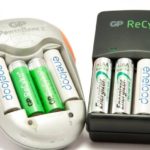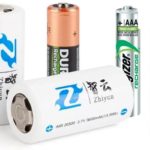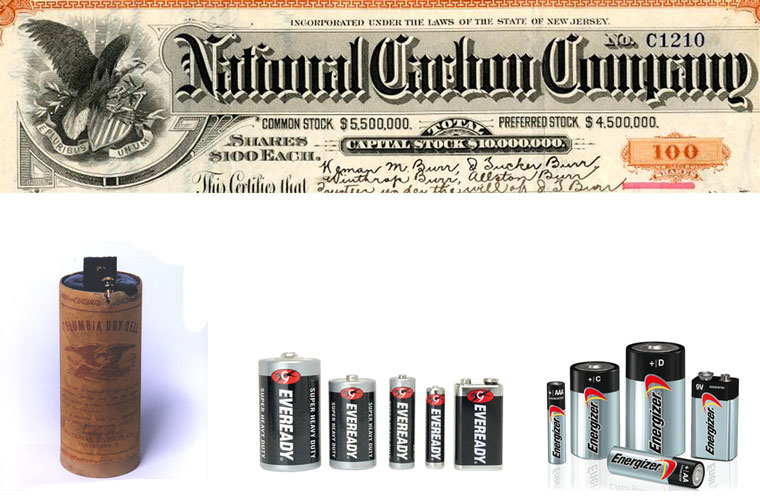Which rechargeable batteries should I choose?
Just imagine how much various equipment will overnight turn into a very beautiful, but completely worthless pile of electronic trash if the batteries suddenly disappear. All modern players, phones, photo and video cameras, toys - they all need batteries to operate. They keep our gadgets alive. They do this unnoticed and unobtrusively, as long as they have at least a drop of energy in themselves. It was the problem of restoring this very energy that prompted humanity to create rechargeable batteries.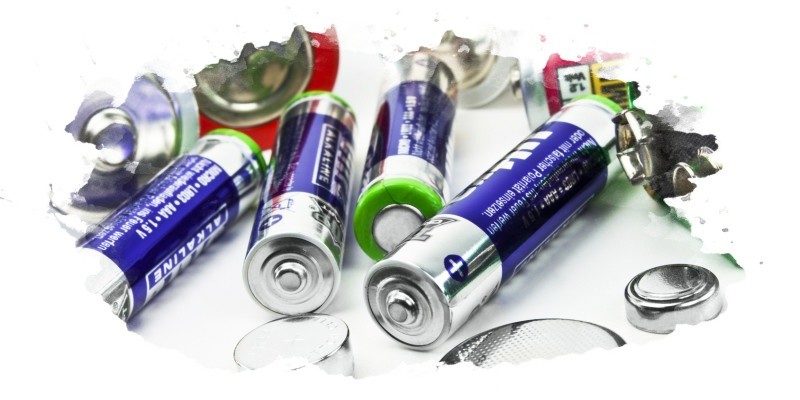
The content of the article
Types of rechargeable batteries, their advantages and disadvantages
It will probably be very difficult to name the exact number of devices that can function when powered by batteries. And their number is constantly increasing. However, changing batteries every time, even though they are relatively inexpensive, is gradually becoming expensive and irrational.
So the thought of rechargeable batteries comes to mind. They are not disposable! If you sit down, no problem! You can always connect them to a charger and restore their functionality. Yes, they cost more than simple batteries, but in the end the benefits become significant.
All rechargeable batteries can be divided into several types.This division depends on what materials were used in their manufacture, as well as on their capacity and voltage. The most common:
- Based on nickel and cadmium. Identified by the presence of the Ni-Cd marking.
- Based on nickel and metal hydride. They are marked Ni-Mh.
- Lithium-ion batteries. Marked as Li-ION.
- Based on lithium and polymers. They bear the Li-Pol marking on the body.
Rechargeable batteries are mainly used in various photo and video equipment, cordless phones, children's toys, flashlights and other equipment. How to determine which battery is suitable for a particular device? It's actually quite simple.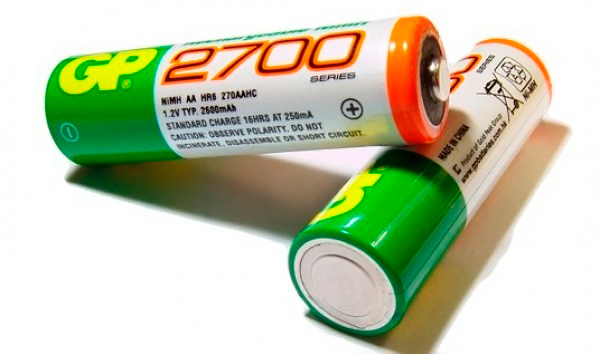
Positive and negative qualities of batteries
Before deciding on the type of battery to choose, you need to study all their pros and cons.
Ni-Cd
Positive sides:
- remains operational at any temperature;
- has low cost;
- weighs a little.
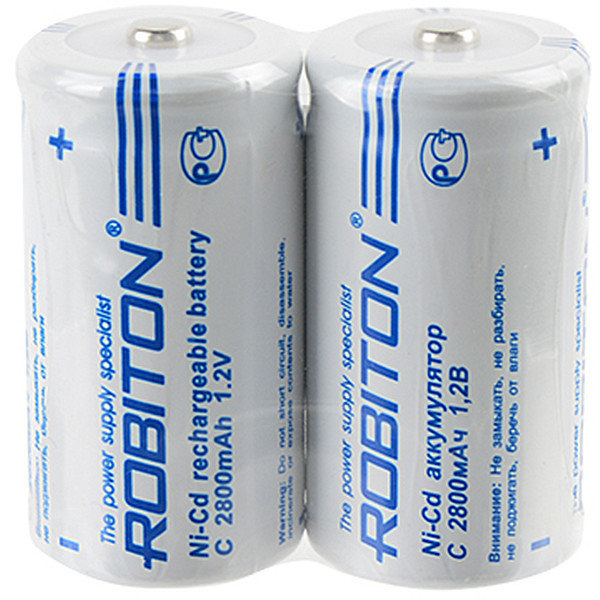
Negative sides:
- rapid loss of charge;
- charging is possible only after complete discharge;
- has a tendency to self-discharge.
Ni-Mh
Positive sides:
- the charge lasts a long time;
- can operate at high voltage;
- long service life.
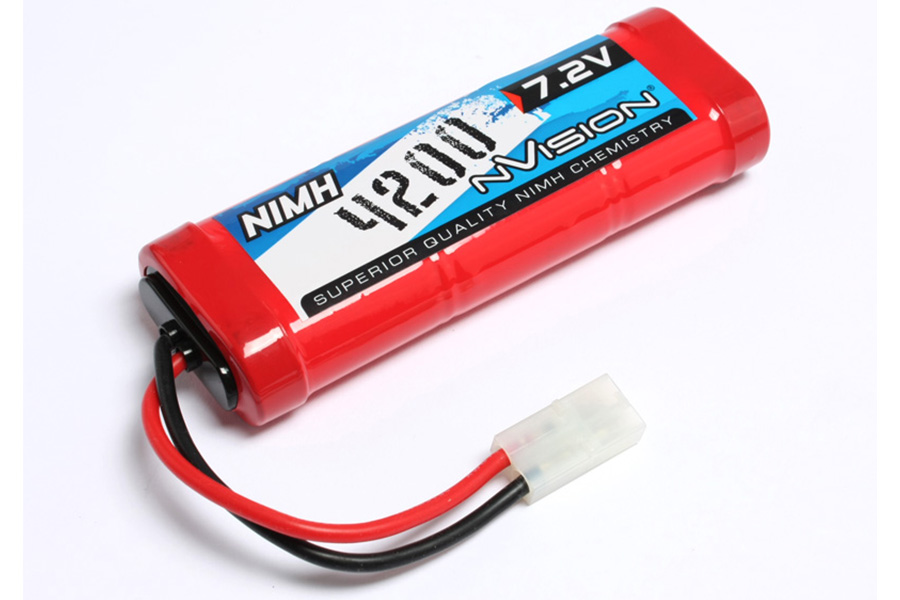
Negative sides:
- relatively heavy;
- loses charge during temperature changes;
- it costs expensive.
Li-ION and Li-Pol
They have common positive and negative properties.
Pros:
- hold a charge for a long time;
- weigh a little.
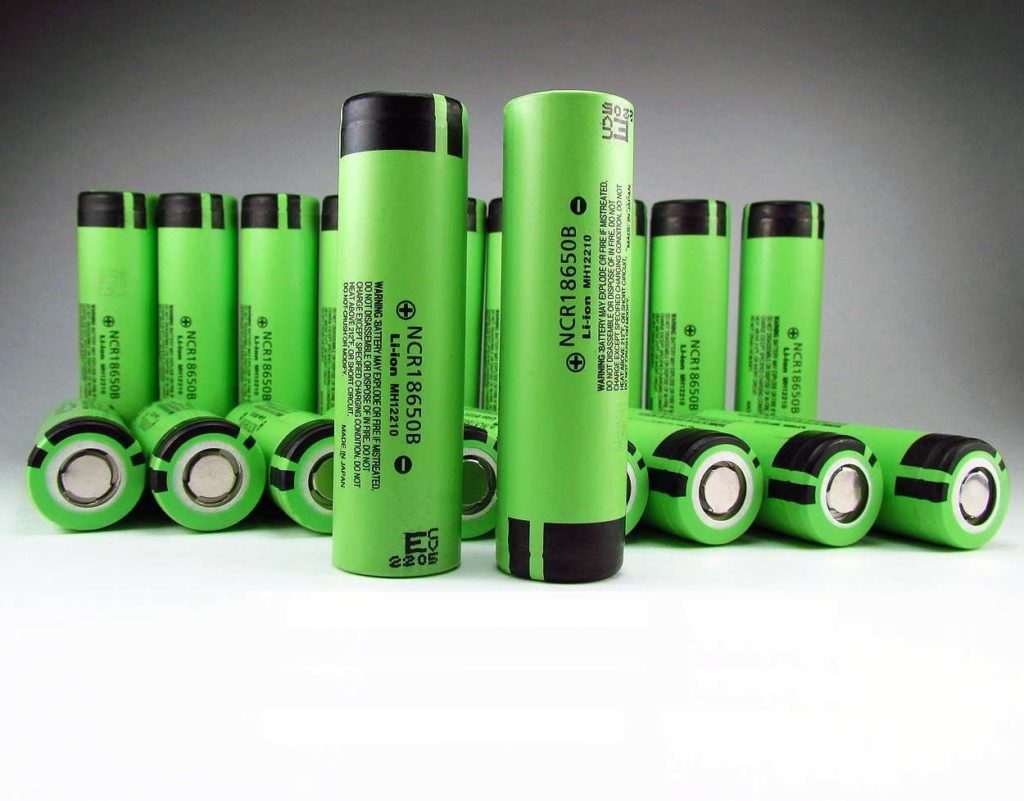
Negative sides:
- almost never produced in the form of batteries;
- small recharge resource;
- high price.
What should a good rechargeable battery be like: tips for choosing
If it so happens that you need to purchase a battery for some gadget from your collection, then the best solution would be to take it with you to the store, and the seller will select what suits it best. Sellers are people too and often make mistakes in choosing a product, even if you tell them everything about the device, its model, and all the important parameters. Different devices require a certain voltage and a specific battery size.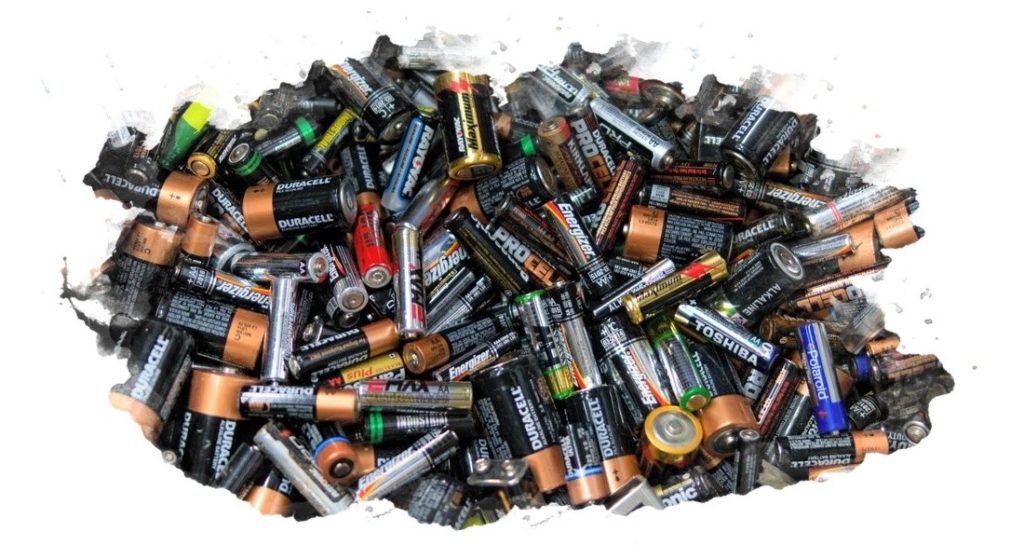
The right choice is influenced by a number of factors. The most important is the temperature of the environment that surrounds us. If the equipment for which the batteries are intended is expected to be exposed to high or low temperatures, then a nickel-cadmium battery is the optimal choice. If temperature does not matter, then it is better to use Ni-Mh batteries.
An important factor is the battery life. If you need the device to function for a long time without the need to replace batteries, then you should pay attention to nickel-metal hydride batteries. Of all the others, they are the ones who have these characteristics. The best choice for flash photography.
The next thing to pay attention to is what voltage is being supplied. There are no specific recommendations in this case. Here you need to look at what the device requests. This can be read in the user manual. Don't rush into buying a battery just to have one. Study the documentation first, although on average the voltage is always the same.
Next, which is important, is the type of device for which the battery is purchased. If it is a telephone, mobile or radio, then choose batteries labeled Li-ION. They are produced in special forms that have nothing in common with “finger” or “pinky” batteries.
It is very important to pay attention to the battery capacity. It is indicated on the case and designated mAh. The higher the value in front of these letters, the longer the battery will hold a charge, but it also takes longer to charge it.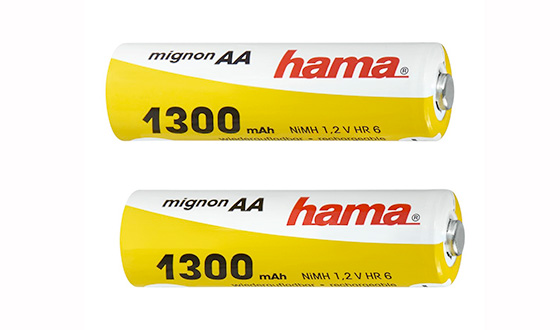
The fact that you have purchased the necessary batteries is not all. How do you charge them? They will require a special charger. Sometimes the “charger” comes complete with batteries, but often you need to look for it separately.
If the batteries you purchase are of the nickel-cadmium type, then the charger should be able to fully discharge the battery. After all, as we remember, this type cannot be charged while there is still a charge in them.
For nickel-metal hydride batteries, the charger must be from the same company that makes them.
Well, for lithium-ion or lithium-polymer batteries, it is better to take a universal type charger. Definitely can't go wrong with voltage and connectors.
Best batteries: rating
Rechargeable batteries are produced by many manufacturers. Sometimes it is very difficult to decide which brand of product to choose. Among all the diversity, the most popular models and companies can be identified:
- GP Rechargeable.
- Panasonic Eneloop PRO.
- Duracell Recharge TURBO.
- Energizer.
- Varta.
- Ergolux Rechargeable batteries.
- Robiton AAA R03 Micro.
Each of the presented options has its own pros and cons.
GP Rechargeable
Positive traits:
- work for a long time, can function in many devices;
- good current output;
- long resource for repeated charging;
- widespread;
- charge quickly.
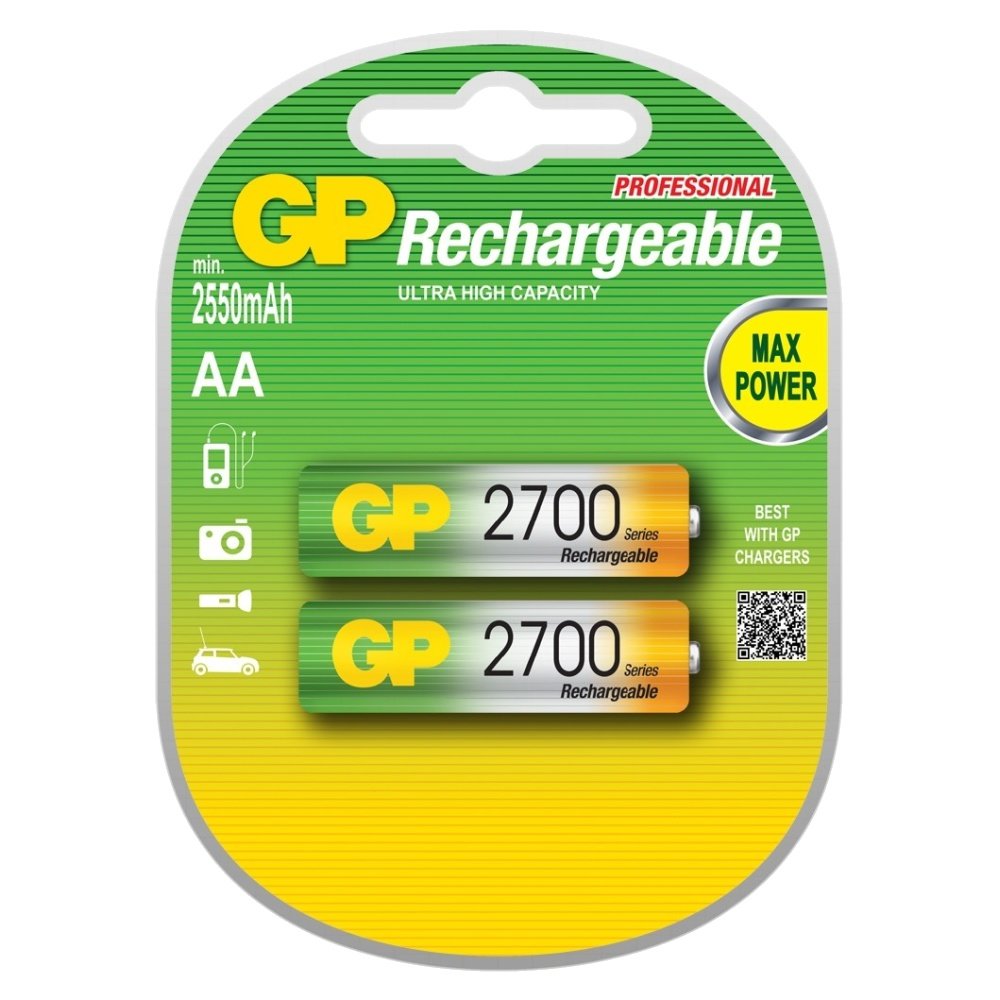
Negative qualities:
- requires a charger from the same manufacturer;
- prone to self-discharge.
Panasonic Eneloop PRO
Positive traits:
- long service life;
- work quietly even after five hundred re-charging cycles;
- can be used in almost any technique;
- remain operational for more than ten years;
- retain charge for a long time.
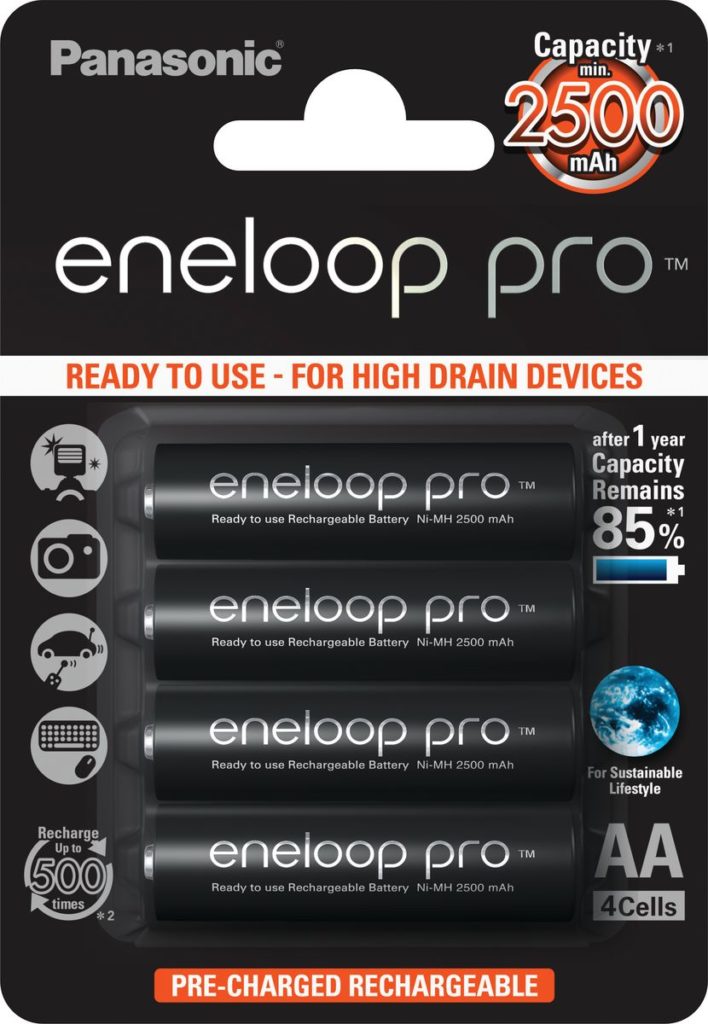
Minuses:
- rarely found on sale;
- are too expensive.
Duracell Recharge TURBO
Positive traits:
- are produced in a wide variety of sizes;
- have a long service life;
- are highly reliable;
- have a large capacity;
- even with a strong charge they maintain voltage.
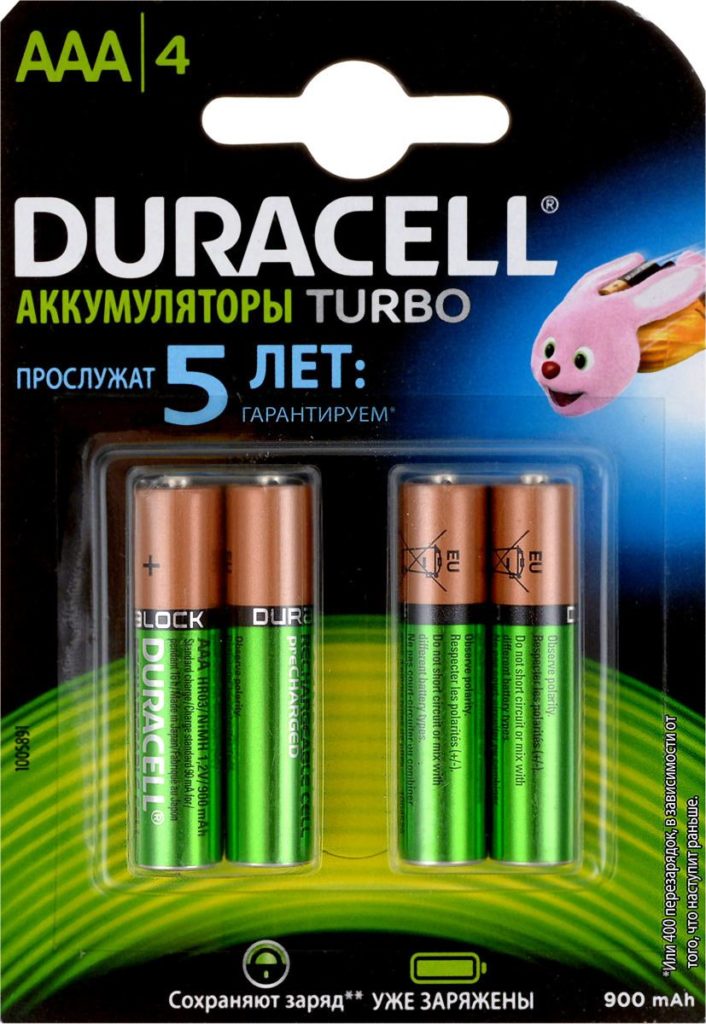
Negative qualities include environmental unsafety.

